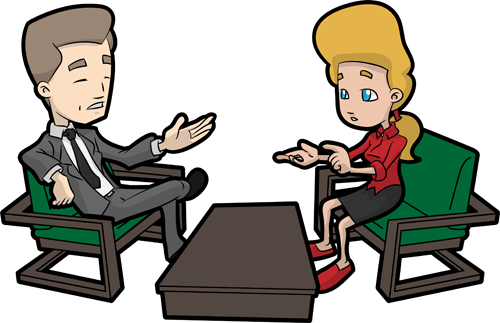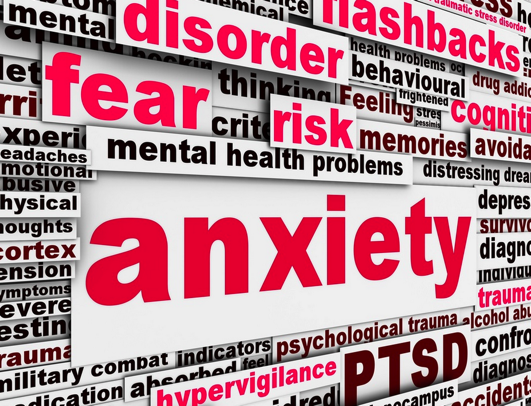Internet Gaming Addiction | This is real, it affects many adolescents
 Scenario: a 14-year-old boy is in psychiatric treatment for depression and anxiety. His name is Thomas.
Scenario: a 14-year-old boy is in psychiatric treatment for depression and anxiety. His name is Thomas.
Although his symptoms have partially responded to cognitive-behavioral therapy (CBT) and medication, Thomas continues to experience self described “panic attacks” that occur only at school. This is an article about the problems associated with Internet Addiction, and the effects it has on the ‘real world’.
We have much to learn about ‘how’ to best treat / teach teenagers about balancing activities and leading a productive life. From PsychiatryAdvisor, here is his story:
When not at school, Thomas spends essentially all of his time on the Internet, playing video games and on Facebook. He spends anywhere between five and 10 hours online on an average day, going to bed at 3 a.m. frequently. Weekends are worse. Thomas consistently chooses video games and the Internet over other activities and insists that his involvement with these activities is “normal” despite significant difficulties with school attendance, academic performance, and peer relationships.
His parents eventually enroll him in an online school to manage the school problems. Despite multiple attempts and promises to decrease his use, Thomas continues to incessantly be online, mostly playing video games on his computer and smartphone.
The above scenario is an excerpt from a real case. Unfortunately, Thomas is one of the many teenagers in the U.S., and globally, who suffer from Internet and gaming addiction. Prevalence rates range between 1 and 18% worldwide1, with females showing a significantly lower rate of addiction (up to 10 times lower). In the U.S., they range anywhere between 1.5 and 8.2%13, with 97% of all teenagers in the U.S. playing video games for recreation.
Moreover, survey data from a few years ago has shown the growth of general Internet usage at a rate of 25% every 3 months, with almost 90% of all Americans now connected to the Internet. According to recent statistics, young males primarily plays sports games (such as FIFA/soccer) and combative games (e.g. Call of Duty), with music simulation (e.g. Guitar Hero) and life management games (such as The Sims) being less popular. In females, these ratios are essentially reversed.
The DSM-V has proposed “Internet Gaming Disorder” as the diagnosis for teens such as Thomas, and describes it as a “persistent and recurrent use of the Internet to engage in games,” leading to psychosocial problems and withdrawal symptoms, such as irritability, anxiety and sadness (akin to gambling and substance abuse) when Internet access is denied.
Although initially humorously described by Ivan Goldberg in 1995, it has become clearer in the last few years that Internet Addiction Disorder (IAD) entails significant deleterious effects for our youth. In addition to excessive Internet use and possible addiction, children and adolescents are now increasingly exposed to online risks such as gambling, pornography, sexual solicitation and harassment (cyberbullying).
In addition to IAD, several other terms have been used interchangeably to describe overuse of the Internet, such as Compulsive Internet Use (CIU), Problematic Internet Usage (PIU) and Pathological Internet Use (PtIU)7. Recent studies from China on elementary school children have shown a correlation between PIU and the symptoms of ADHD, such as a lack of focus.
Additionally, there is increasing interest in exploring possible links between video games and psychiatric disorders such as bipolar disorder, depression and social anxiety.
There has been considerable research on the possible impact of violent video games with consistent hypothesis that playing these types of games may contribute to aggressive behavior and personality styles through role modeling, reducing feelings of empathy and increasing tolerance to violent thoughts, images and scripts.
Recent studies have shown that overuse of most media (Internet, video games, mobile phones) may play a role in the increased incidence of depression and social anxiety in the adolescent population.
International studies have proposed a genetic link between PIU and depression by identifying anomalies in the serotonin transporter genes in such individuals, whereas others have shown a correlation between PIU and low emotional intelligence and impulsivity.Limited evidence exists about what interventions are most effective for those impacted by PIU. Several small-scale and open-label studies have supported the use of naltrexone, quetiapine, selective serotonin reuptake inhibitors and methylphenidate for these problems.
In addition to the multiple factors that complicate researching psychiatric conditions and treatment in adolescence, there are challenges in how to best conceptualize these difficulties (e.g. separate psychiatric disorder, overlying psychiatric manifestation, co-morbid psychiatric disorder), thus making it complicated to study and understand. However, it is clear that finding effective interventions is essential for the successful treatment of many adolescents, such as Thomas.
 To further complicate the picture, video games have been effectively used by practitioners to study and treat medically and mentally ill individuals. In addition to their use to provide and supplement psychotherapeutic care (e.g. online, self-paced CBT approaches), video games have been used expansively in the medico-professional field for physical therapy, rehabilitation and psycho-education of chronic ailments requiring consistent treatment adherence.
To further complicate the picture, video games have been effectively used by practitioners to study and treat medically and mentally ill individuals. In addition to their use to provide and supplement psychotherapeutic care (e.g. online, self-paced CBT approaches), video games have been used expansively in the medico-professional field for physical therapy, rehabilitation and psycho-education of chronic ailments requiring consistent treatment adherence.
Video games, like other aspects of the Internet and media, tend to elicit strong opinions. Like all other activities, there is a benefit, and there is a negative benefit or harm, particularly for children and adolescents when patterns and habits are easier to form. For most individuals, moderate use, in conjunction with other developmental appropriate behaviors, is reasonable, and in some cases, beneficial, when it becomes an adolescent addiction, there is a problem.
Developing better information on how to identify those at risk as well as create effective preventative and treatment strategies is essential, as is helping parents learn to effectively teach their children about safe and appropriate Internet use before video gaming addiction becomes a problem.
The internet is here to stay, it provides information, knowledge, and opportunities to all that use it wisely and with balanced levels to better our non-internet world. Internet gaming addiction is real, and it affects a lot more young people than many want to accept. Get the help that you need.


